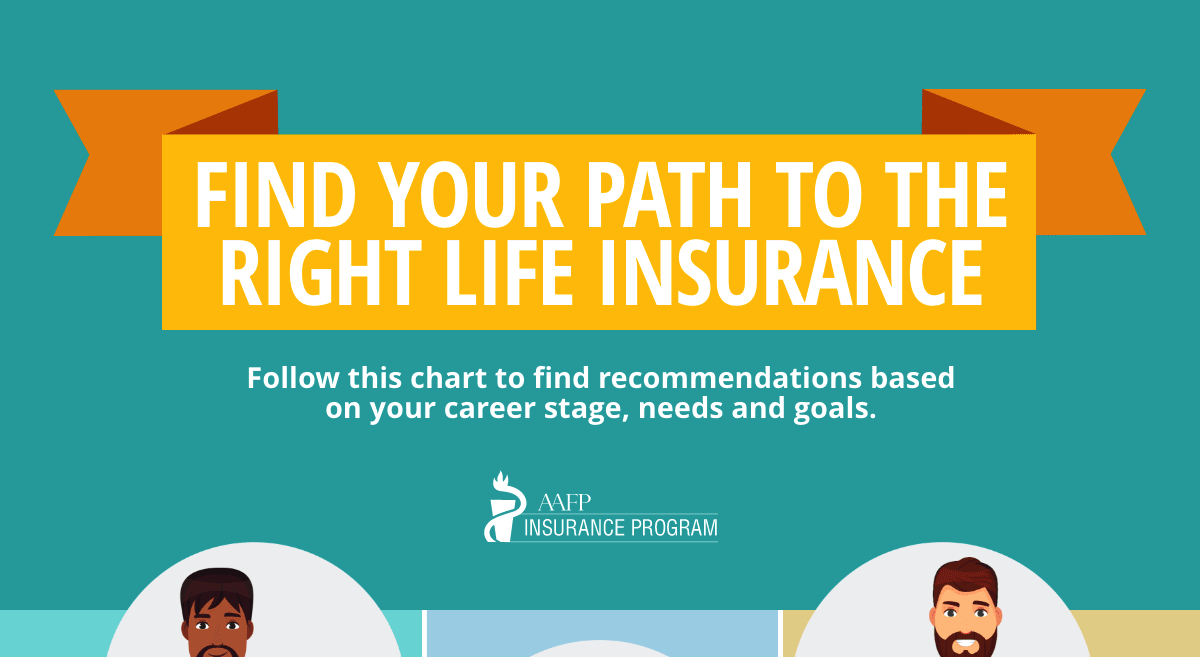By some estimates, 15% of all patients are difficult. The time spent managing them can adversely affect your office staff, your own effectiveness, even the experience of other patients. That’s why it’s important to develop a strategy for responding to problematic patients … and to share it with your employees.
Acknowledge the problem … and manage your feelings.
As a physician, you’re committed to providing quality care to all patients. The truth is, some patients are easier to treat than others. The first step towards managing difficult patients is to acknowledge you may have negative feelings toward them … and to manage those feelings. Watch the tone of your voice and your body language. Avoid confrontation at all costs.
Try to understand the root of the patient’s behavior.
When you see an angry, frightened or resistant patient, try to understand the source of his emotion. It could be stress and worry over his condition or healthcare costs … or the result of a psychological issue.
If you sense a patient is anxious, encourage the patient to talk about it. Acknowledge his concerns … and try to remedy them. Of course that’s easier in some situations than others. For example, if a patient is anxious about the cost of a prescription drug, offer a generic version if possible. If a patient is angry after a long wait to see you, offer an explanation and let him know you understand his time is valuable. Then try to improve the situation. Look at your scheduling. If it can’t be improved, consider alerting patients when you are running late and giving them the option of rescheduling.
Consider psychological problems.
The root of a patient’s difficult behavior may be psychological. If you sense that, further screening for depression, anxiety, substance abuse and somatoform disorder should be considered. As with all patient encounters, honest communication is key.
Document the behavior.
Keep detailed notes, as you would with any other patient. A violent or angry outburst, for instance, should be noted for a few reasons. One is to warn other healthcare professionals. The other is to identify a pattern of behavior that may require intervention.
Educate your office staff.
Most patient encounters start with your staff. It’s important that everyone in your office communicates that they understand your patients’ concerns … and that they’re willing to work with them. Teach them to empathize with patients. The first impulse may be to answer “no” to an unreasonable request. A more empathetic response is “let me see what I can do”. If you can’t meet a request, don’t apologize. Offer an explanation – and an alternative – instead.
Be sympathetic, but set boundaries. One way to do that is to standardize your policies to manage expectations. For example, you can manage medication refill requests by setting specific hours these requests can be made. That could be only during office hours and never on weekends. Being proactive helps. If you know a patient requires more of your time, schedule accordingly.
The patient-client relationship is a personal one. Just like your relationships outside the office, some are easier to manage than others. The best way to handle them is to realize that … and adjust your own actions accordingly. The result will be a better experience for both you and your patient.
Tell us: When was your last negative patient encounter? How did you handle the situation? Share with us in the comment section below.
Photo Credit: Shutterstock/wavebreakmedia




